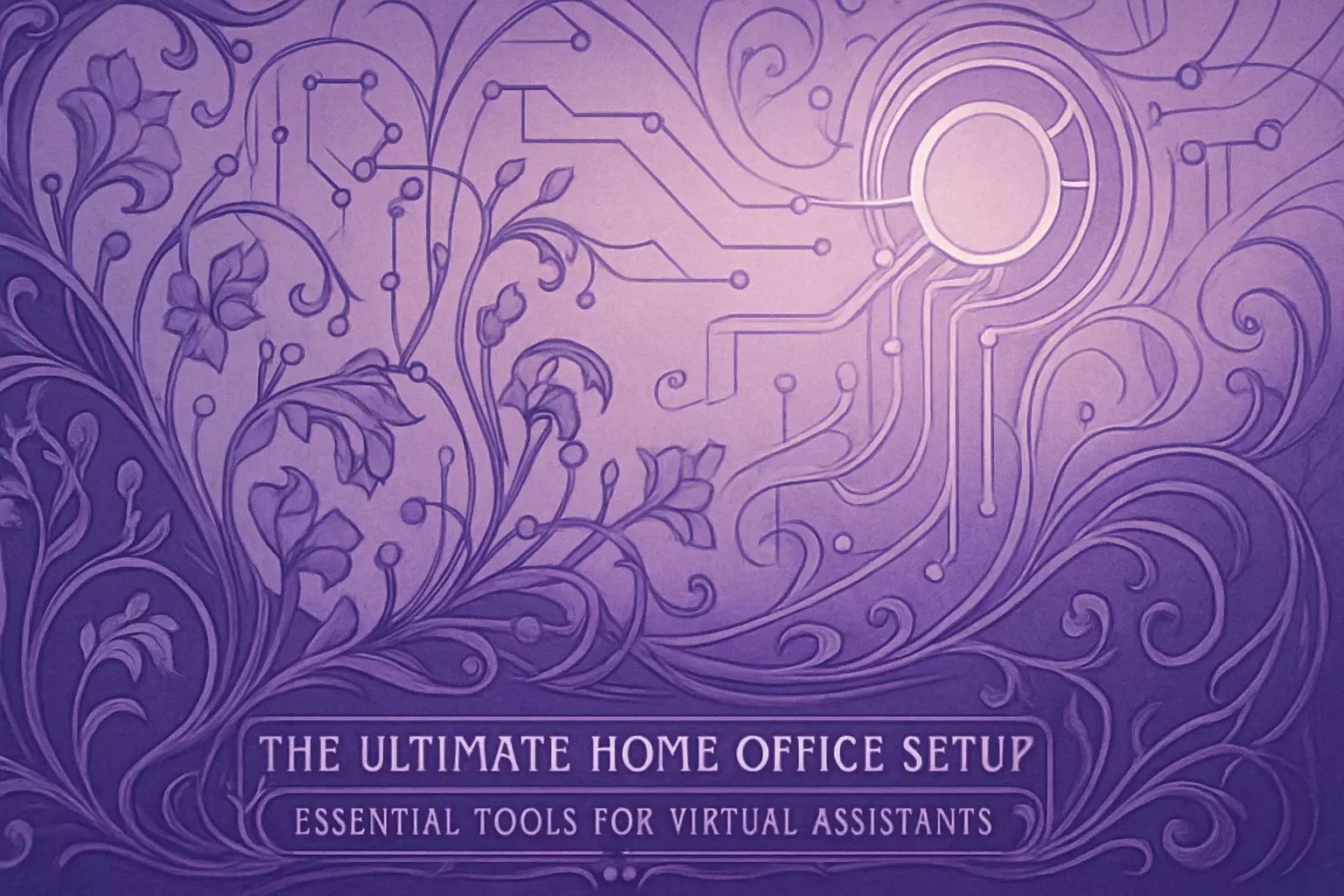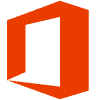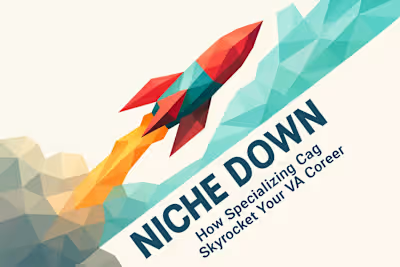The Ultimate Home Office Setup: Essential Tools for Virtual Assistants

The Ultimate Home Office Setup: Essential Tools for Virtual Assistants
The Foundation: Essential Hardware and Workspace
A Reliable Computer
High-Speed Internet Connection
Ergonomic Chair and Desk
Quality Headset with Microphone
Software for Communication and Collaboration
Video Conferencing: Zoom & Google Meet
Instant Messaging: Slack & Microsoft Teams
Email Management: G Suite & Outlook
Tools for Project and Task Management
Project Management: Asana, Trello, and ClickUp
Time Tracking: Toggl Track & Clockify
Note-Taking and Documentation: Evernote & Notion
Essential Business and Finance Software
Invoicing and Accounting: QuickBooks & Wave
File Storage and Sharing: Google Drive & Dropbox
Password Management: LastPass
Conclusion
References
The Ultimate Home Office Setup: Essential Tools for Virtual Assistants
The Foundation: Essential Hardware and Workspace
A Reliable Computer
High-Speed Internet Connection
Ergonomic Chair and Desk
Quality Headset with Microphone
Software for Communication and Collaboration
Video Conferencing: Zoom & Google Meet
Instant Messaging: Slack & Microsoft Teams
Email Management: G Suite & Outlook
Tools for Project and Task Management
Project Management: Asana, Trello, and ClickUp
Time Tracking: Toggl Track & Clockify
Note-Taking and Documentation: Evernote & Notion
Essential Business and Finance Software
Invoicing and Accounting: QuickBooks & Wave
File Storage and Sharing: Google Drive & Dropbox
Password Management: LastPass
Conclusion
References
Posted Jun 30, 2025
Setting up your VA business? Don't miss our checklist of essential hardware, software, and tools for a productive and professional home office.











